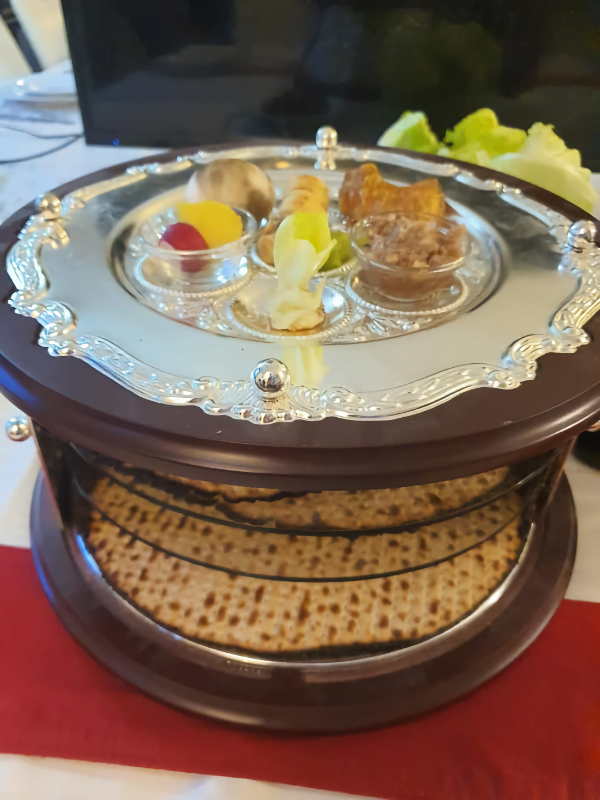What is Tsom Tamuz?
- Kultuskommission

- Jul 22, 2024
- 3 min read
This year, 23 July is Tsom Tamuz, which is also known as שבעה עשר בתמוז (Shiva Assar beTamuz). What is it all about?
On the 17th of Tamuz, we primarily commemorate the fall of the walls of Jerusalem during the siege by the Babylonians in 586 BCE. This was the first step towards the final destruction of the First Temple (Solomon's). Later, in 70 CE, the Romans breached the walls of Jerusalem again on the same date, leading to the destruction of the Second Temple. This makes the day a central point in our history and it has deeply shaped our collective memory and identity.
As is so often the case, the day is also retrospectively associated with other events that we are reminded of. For example, according to Jewish tradition, the daily sacrifice in the First Temple was stopped on this day due to the pressure of the siege. The burning of a Torah scroll by the Greek king Apollonius and the erection of an idol in the temple by the Greeks are also associated with this day. Moshe is known to have spent the 40 days after Shavuot on Mount Sinai (i.e. until the 17th of Tamuz). On this day, he descended with the Ten Commandments and learnt about the golden calf that the people had created and worshipped.
These dramatic events led to Tsom Tamuz being observed as a fast day. Nevertheless, the Tanakh calls it "a day of rejoicing and joy for the house of Judah" (Zechariah 8). We can justifiably regard this combination of joy and contrition as our speciality. Indeed, throughout our history, devastations have always been - and continue to be - moments of special cohesion and intense reflection.
Tsom Tamuz marks the beginning of the "three weeks", a period of mourning until the 9th of Av. This was the day on which the destruction of the Temple(s) took place - and a multitude of other catastrophes in our history! They are dedicated to mourning but also to reflection. Some of us avoid celebrations and joyous events, especially during the last nine days of this period. Today, recollection is kept alive not so much by prohibitions and renunciations, but rather by remembering and engaging with history and its stories. Some of us give up meat between Tsom Tamuz and Tischa beAw. The aim seems to be to introduce habits that focus on this part of our history and explore its significance for us today.
The Hamas attack on 7 October is not as significant for us as a people as the destruction of the Temple, but it is the greatest affliction in a very long time. It brings us once again to our limits, both in terms of pain and grief, but also in terms of our reaction to the disaster. In Israel (and the world), we feel everywhere that all reactions, from revenge and greed on the one hand to reconciliation, the search for peace and co-operation on the other, are desired and also carried out. But above all, there is controversy. Hardly any Jew can be indifferent to the Gaza war, its origins and how it is lead. We have to relate to it - just as Tsom Tamuz urges us not to think of history indifferently, as if it were just a number. Rather, we must penetrate it, understand it and relate it to our lives so that it takes on a meaning for us.
This year, the Gaza war has brought us even closer to the grief, the affliction and the misfortune. But also closer to our ability to react to it. Because it is not enough just to consult our history and our tradition when interpreting the world. We must also apply them to our present and future and our actions. Only then will we remain a people that masters tradition and adaptation at the same time. Some claim that this is the main reason why we still exist. Who knows?







Comments